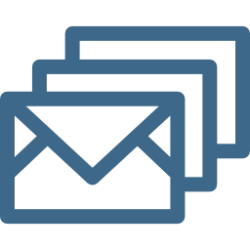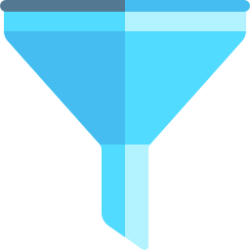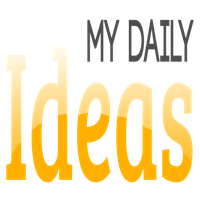Emotional State as Conversion Predictor

Why?
If we know the best emotional state for a specific conversation goal, we can try and induce it in the visitor.
How?
Ask the visitor to choose his emotional state when displaying the web page. Collect the data with the conversion data and see if a pattern emerges. Use the results to help the visitor be in the right emotional state to enhance conversion.
Solve This Puzzle Before You Can See the Page

Why?
A new way of letting the reader make a commitment so he will be more inclined to read and pay attention.
How?
A web page (sales letter) that – when first visiting – looks like a jigsaw puzzle. The viewer has to complete the puzzle (it should be very easy) and only then it becomes a regular web page.
How to Launch a New Product With a Storm of Micro Communication Bits

Why?
Get better attention without asking too much from the subscriber.
How?
Break launch email sequence into many small email messages, one or two sentences each (and maybe an image.) Each should do three things: 1. Be very short and easy to consume. 2. Make sense and build your case for your product (tell a story, give useful information and tips, etc.) 3. Have a cliffhanger, so the subscriber will anticipate the next one.
Quick Email Sequence

Why?
Engage to the subscriber, make them like getting your emails, and maybe achieve a higher conversion rate.
How?
Create an automated email sequence, where the next email is sent immediately (or with only a short delay.) The sequence is activated by the open and/or click actions of the subscriber. This can be a game with a prize, a quiz, or anything that can be broken down into simple individual steps that the participant would want to go through.
On-Page “Funnel”

Why?
It might lead to greater conversion rate.
How?
Treat the web page as a conversion funnel. Build it so that it dynamically reacts and changes accordingly to the visitor’s actions. This is similar to other marketing automation systems, where you change their path through the funnel (if they clicked on the link in the email, start them on another sequence, show them a different page, etc.), only it happens in “real time” on a single page.
